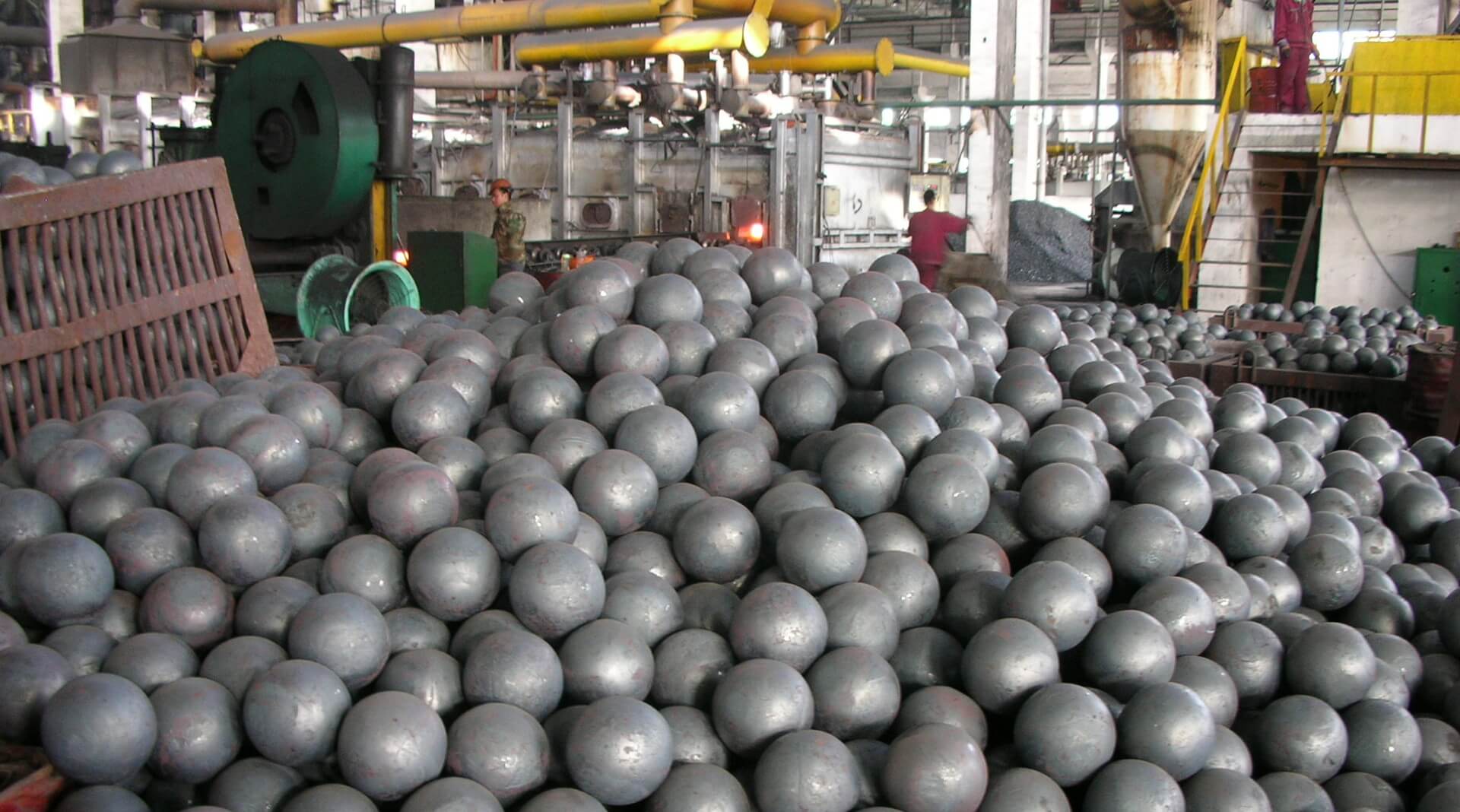Although it was developed nearly 50 years ago, Bond‘s method is still useful for calculating necessary mill sizes and power consumption for ball and rod mills. This paper discusses the basic development of the Bond method, the determination of the efficiency correction factors based on mill dimensions and feed characteristics, and the application of the results to designing grinding circuits.

The development of the ball mill during the twentieth century has been described as the most significant development in the machinery for performing the grinding of ores (Lynch and Rowland 2006). A key part of the implementation of ball mills was the development of the ability to predict their performance in the plant based upon grindability data from standardized tests performed in small-diameter laboratory mills.
In 1930, Allis-Chalmers hired Fred Bond to design and build a laboratory for testing ores and grains, for minerals processing and flour milling, and to conduct research for processes for the treatment of ores and grains. Bond’s first developments for grinding ores and rocks are now known as the Bond rod milling and ball milling grindability tests. The grindability results from these tests are still reported as “net grams produced per revolution of the test mill.” Bond carried out two studies using his grindability tests:
1. The first study was to determine if either of the two existing theories of comminution the Rittenger theory or the Kick theory were correct. Bond concluded that neither was correct. He developed a theory that the energy required for comminution was a function of the difference in the square root of the size of the particles in the feed and in the product of the material being comminuted. This is known as Bond’s third theory of comminution.
2. The second study was used to develop a correlation between ball mill operating data and grindability test data. This was based on the Work Index concept. From this concept came two equations: (a) the equation to determine the Work Index from Bond grindability tests, and (b) the Bond equation, which uses the Work Index to determine the energy needed for grinding.

When Bond introduced the Work Index concept (Bond 1952), he introduced a new method for determining the energy required for grinding ores and outlined a mathematical method for using the Work Index to design grinding circuits. Though it is an empirical procedure, even at this time, there is little prospect that the Work Index will be replaced as a tool for determining the energy required to grind a mineral or ore. Numerical examples of the use of the Work Index are given in this paper. The calculations are based upon measurements giving the amount of the size reduction by the difference in the size distributions of the feed (F) and the product (P).
Early in the twentieth century, ball mill manufacturers and other research laboratories developed proprietary batch-grinding tests to measure the resistance of metallic mineral ores, industrial mineral ores, cement raw materials, cement clinkers, and related materials being ground to fine sizes in rod and ball mills. These tests, called grindability tests, were needed to help determine the energy required to grind these materials from a coarse-sized feed to the desired product size. During the first half of the century, none of these test methods could be used to directly determine the energy needed for grinding at plant size capacity. If grinding tests for direct determination of the energy required were needed, pilot-plant tests in small-diameter continuous operating ball mills were run. Pilot-plant grinding data always had to be adjusted for scale-up factors to larger-diameter mills.
